History of Japanese Tattoos
09 September, 2022Japanese art is particular to the culture, and it only makes sense that the tattoos would reflect this. If someone said “Italian art” or “American art” to you, you probably would have a million styles and eras of art come to mind.
Japanese art is different. The style is distinct, and the culture is heavy in its tradition — it hasn’t been hard to keep it alive. And alive it has stayed!
Japanese tattoo styles always tell some sort of journey. You can recognize a Japanese tattoo by the style and the symbolism the tattoo artist showcases.
Every animal, character, and natural motif has a deeper meaning. Japanese tattoos are gorgeous, and so is the trove of meaning behind each design.
It’s common to see traditional Japanese tattoos as bodysuits — full body tattoos that include a back piece that stretches down the thighs. If you’re looking for Japanese tattoo ideas, look no further — Mad Rabbit is here with the 411.
Ukiyo-e
Much of traditional Japanese tattoo art and design is influenced by the Japanese art forms of Ukiyo-e or woodblock printing. Woodblock printing was popularized in Japan over 350 years ago. Most people couldn’t afford to paint on canvas, and others couldn’t afford to buy canvas paintings, but the art world needed to continue. People took to printing on wood blocks.
The term “ukiyo-e” refers to depicting a floating world that became a popular Buddhist-inspired painting concept. Little vignettes of leisurely life were how it started.
Because this style of painting was cheaper, this art became more popular in Japan and would influence later art like tattoos.
Irezumi
Irezumi is the word for Japanese tattoo designs. This is the traditional style of body art you probably think of when you hear of a Japanese-style tattoo. Irezumi tattoo is specific with their Japanese folklore and symbolism.
They use certain colors, animals, and characters in the design. The style of drawing is bold and dramatic. The designs evoke emotion and story, and the colors are vibrant.
Yakuza
Yakuza is another type of Japanese tattooing, but this style is only for Yakuza members only. The Yakuza is known as the Japanese mafia; they get tattoos across huge portions of their body as a sign of respect for their organization.
Members can often cover these tattoos with a business suit if need be. They may look a bit different from Irezumi tattoos, but the symbolism and style elements are very similar and are influenced by the same traditional Japanese art.
What Does It Mean?
What do these colors and characters stand for in Japanese tattoo culture? Who are they, and what story do they tell about the person wearing them?
Koi Fish
One of the most popular Japanese tattoos is the koi fish. Koi is a special breed of Japanese carp fish that can grow very large and live very long. Many Japanese gardens have ponds of koi.
Their vibrant colors and graceful swim create a sense of peace and tranquility. A koi fish is a Japanese symbol of perseverance and good luck. The association with perseverance comes from their long lineage of breeding and the metaphor for swimming upstream or against the current.
There is a legend that powerful koi fish would swim against the current in China’s Yellow River, and if they could enter the waterfall at the top, they would turn into a dragon. Koi fish tattoos often symbolize the perseverance of these magical fish.
Dragon
Dragons are ancient mythical creatures with complex stories. All are wise and wildly powerful — some with ill intent and others with lessons to pass on. There are quite a few famous dragons in Japanese folklore who reside over different terrain.
A handful is aquatic dragons who control the seas. Many can take the form of a human, and it is believed that great emperors are the descendants or love-children of dragons.
You can tell a Japanese dragon from a Chinese dragon by its number of toes. Japanese dragons have three toes, while a Chinese dragon has five.
Cherry Blossoms
Cherry blossoms are also known as sakura. These beautiful pink flowering trees symbolize birth and death; they represent the cycle of life and a time of renewal. The blooming season of a cherry blossom is very short, just a few weeks in early spring.
They represent the appreciation of fleeing moments. In Japan, there is a custom to have celebrations during the cherry blossom season. The celebration is called “hanami,” and means to “watch blossoms.” Traditional Japanese flower tattoos often symbolize this cycle of birth and death.
Oni
The oni is a demonic creature that looks as if an ogre met a dragon who met a man on fire. They are like the final boss of Japanese folklore and haunt those that encounter them.
They are most commonly of red or blue skin with horns, fangs, and creature hands. They also tend to be mythical, controlling of great magical power. They are servants of hell and eat humans out of pure joy.
Geisha
The history of the geisha is ancient and confusing, and their old symbolism differs from common day symbolism. Folklore says people of all genders and ages would dress as geishas to confuse or thwart the efforts of the devil.
They usually have white faces, red lipstick, and emotional eyes. These days, Geisha training is a highly respected devotion of traditional culture.
Geishas are elite performing artists and entertainers and are known to be some of Japan's best singers and dancers. They are a depiction of a certain type of controlled and beautiful femininity.
Peony
This pink flower is used at weddings to give good fortune to the new family. They can also be a symbol of bravery and honor.
Tattoos of peony flowers can symbolize wealth and prosperity. Often, peonies are a symbol that great rewards come from taking risks.
Fu Dog
The fu dog is half dog, half lion. You’ve probably seen these guys as little statuesque figurines at the end of staircases or on the top of fences. Fu dogs (sometimes spelled foo dogs) are courageous protectors and guardians of temples and palaces from evil spirits.
Fu dog tattoos are often a means of personal protection, guarding the body as the statues would guard a house.
Tiger
Tigers are said to be protectors of a long, healthy, prosperous life and symbolize courage. They keep evil spirits at bay and are said to be masters of the earth and wind elements. Tiger tattoos are believed to ward off bad luck for the wearer.
They are the yin force of the universe, representing the feminine (nurturing, receiving, and community-minded). The tiger and the dragon are opposites, and it’s common for them to be tied together in stories. Japanese dragon tattoos often feature tigers, as the dragon are the yang (the masculine energy of giving, asserting, and courage) to the tiger's yin.
Samurai
Samurai are incredibly honorable warriors and protectors. They are highly skilled traditional swordsmen who have a strict code of honor. Samurai live on a certain level of nobility because of their power, skill, courage, and dedication.
Samurai tattoos have a long history of representing this code of honor and courage.
Waves and Water
One of the world's most famous pieces of art is a woodblock print called The Great Wave off Kanagawa by Japanese artist Hokusai. The Japanese have immense respect for the ocean.
Many of their symbolic animals are tied to it as well. The ocean is a symbol of life. Water can be the most torrential force of nature or a peaceful teacher.
The chaos of the water is something that every person must surrender to. Wave tattoos often symbolize this great and chaotic power.
Colors
Some colors in Japanese art have heavy symbolic meaning, and others are purely practical. There is a lot of blue in the history of Japanese art, but this is mostly coincidental.
Blue was the easiest and most vibrant printing color to work with when people were using woodblocks. It was so wildly available and easy to use it created its own genre of paintings.
Red was more wildly available than blue. It wasn’t as strong as blue but red became the natural accent color for printmaking because of its availability. Lots of facial features and small details were depicted in red.
Yellows were also widely available but took more ink to get bright colors. They were usually reserved for general skin tone and small details, similar to red.
Summary
The subjects of Japanese art often come from Japanese folklores and art that has been passed down through many centuries. Japanese culture is one of the oldest in humanity. It’s no wonder their artistic influence still runs strong today.
Strong animal symbolism and characters of strength and honor run heavy in Japanese art and tattooing. It makes it difficult not to be able to recognize a Japanese tattoo or influence when you see one in a tattoo shop.
If you want to know more about the history of Japanese tattooing methods, check out our article on Tebori style tattooing.
Sources:
The Colorful World of Ukiyo-e | Library of Congress
What Is Irezumi? The Meaning Behind Japanese Tattoos | Japan Junky
The Powerful and Spiritual Symbolism of Dragons in Japanese Culture | Historyplex
Koi Fish: The Japanese Carp | Toki
Significance of Sakura: Cherry Blossom Traditions in Japan | Smithsonian Folklife Festival
Bloom Watch - Cherry Blossom Festival | (U.S. National Park Service).
The Geisha of Japan: Mired in Myth, Steeped in Tradition | Matcha-Tea.com
Try risk-free & save with the Essential Sets

Daily Defense Set
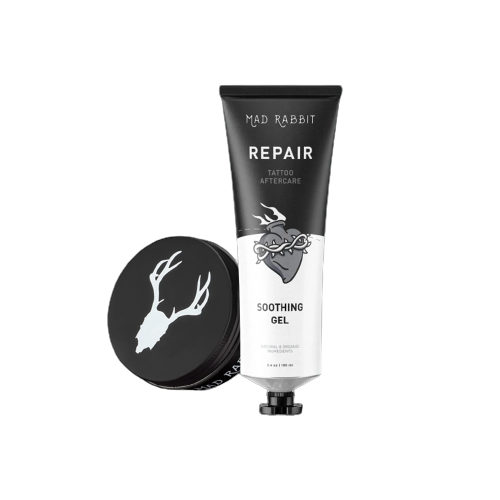
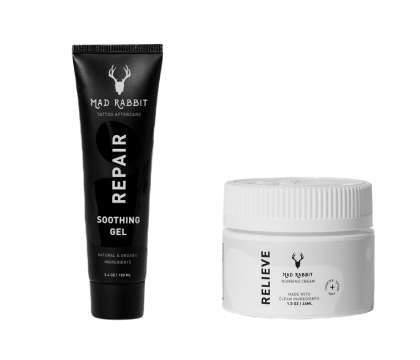
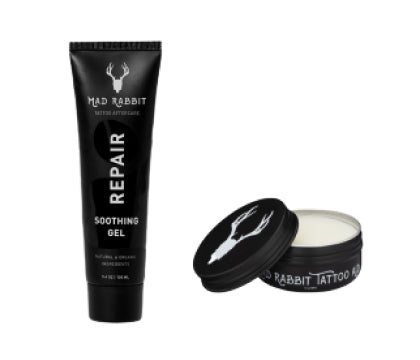
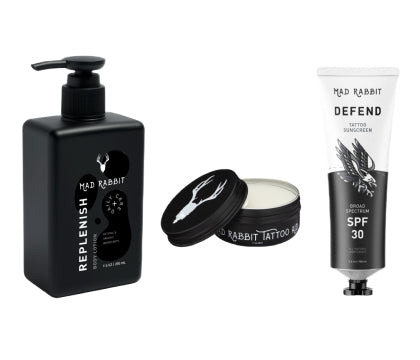
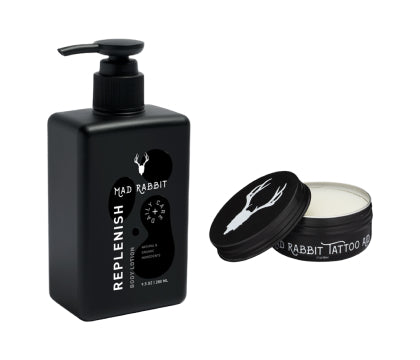
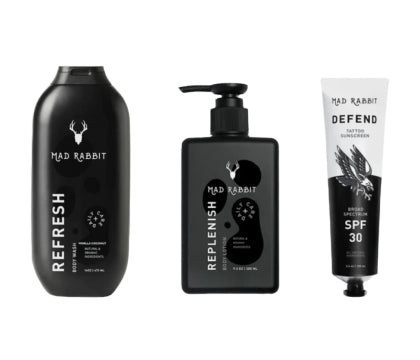
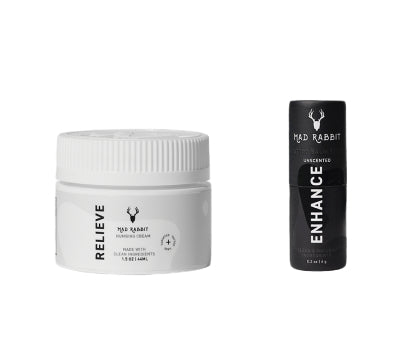
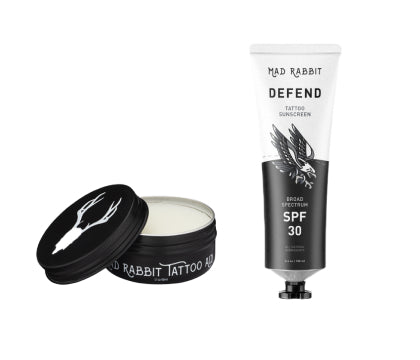
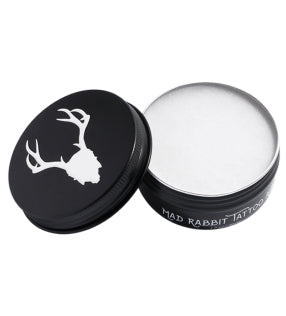

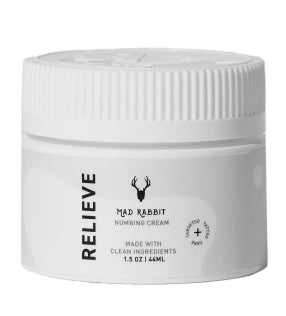
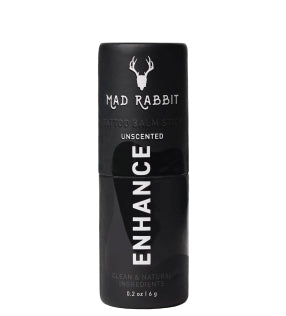
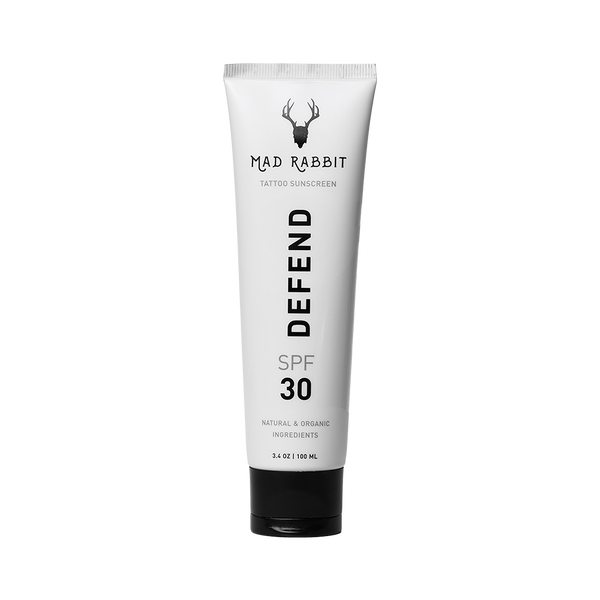
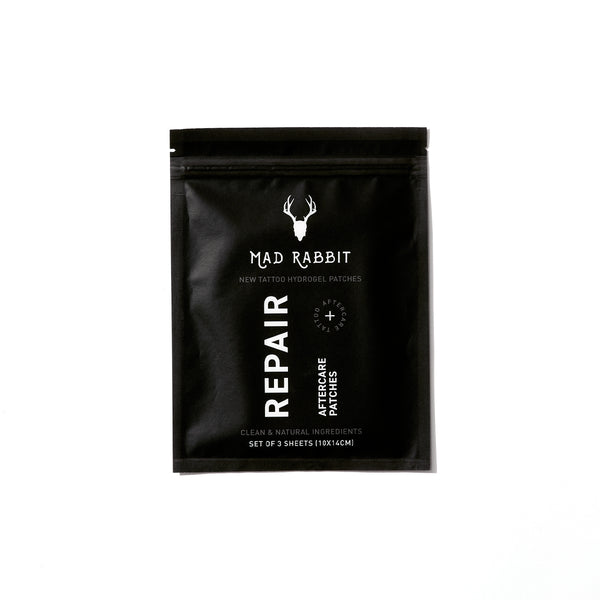
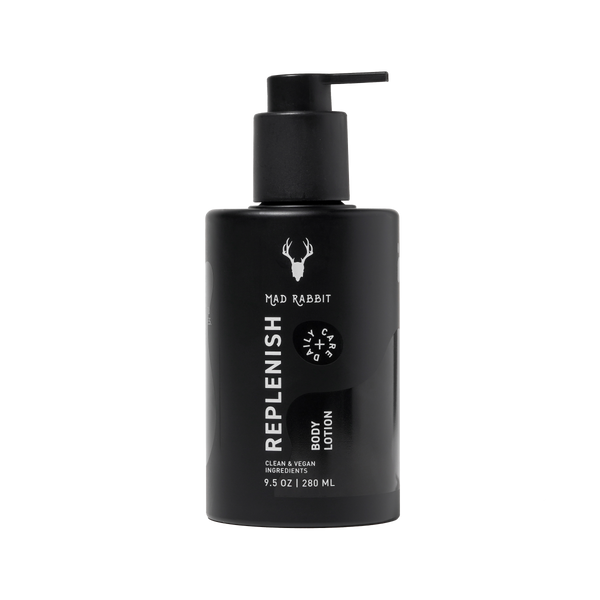
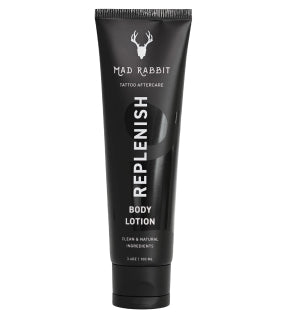
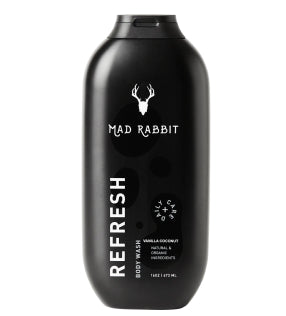
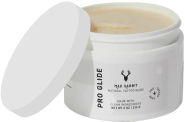
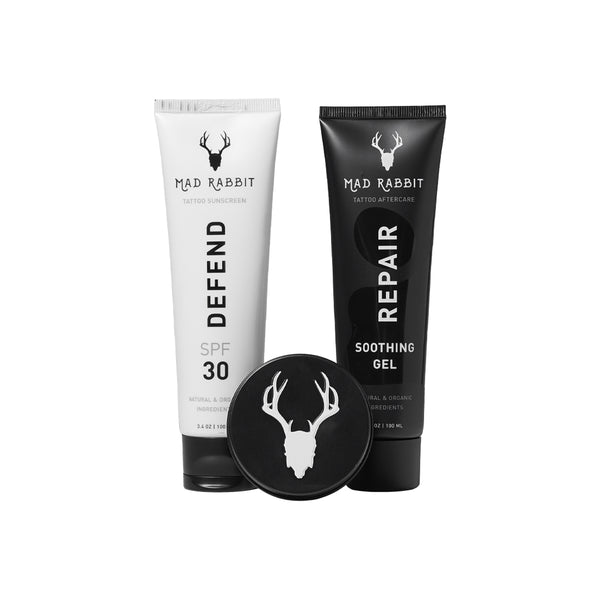

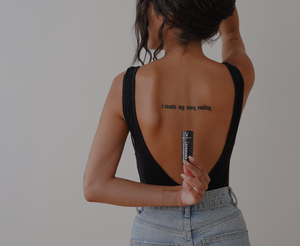
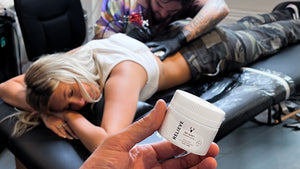

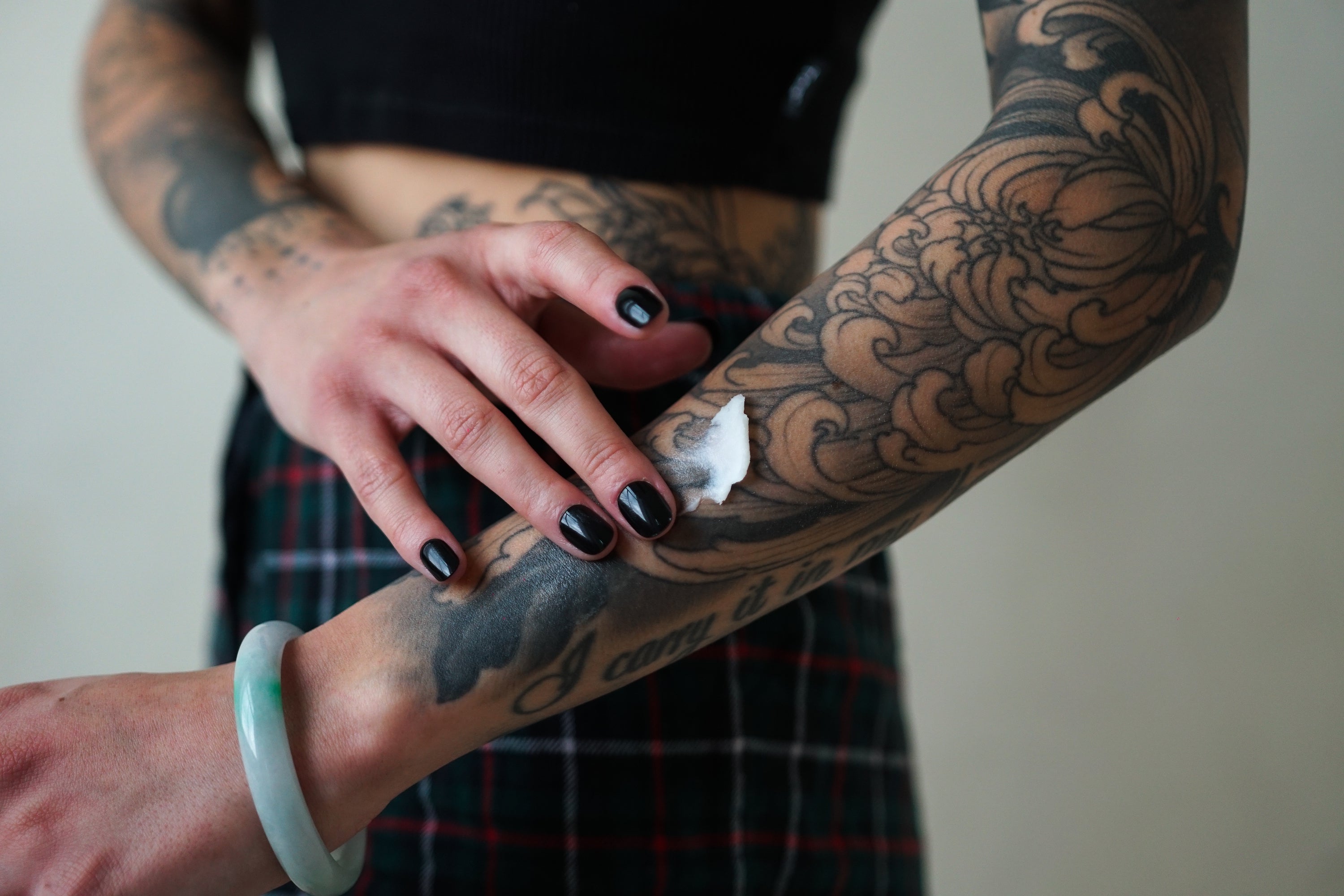
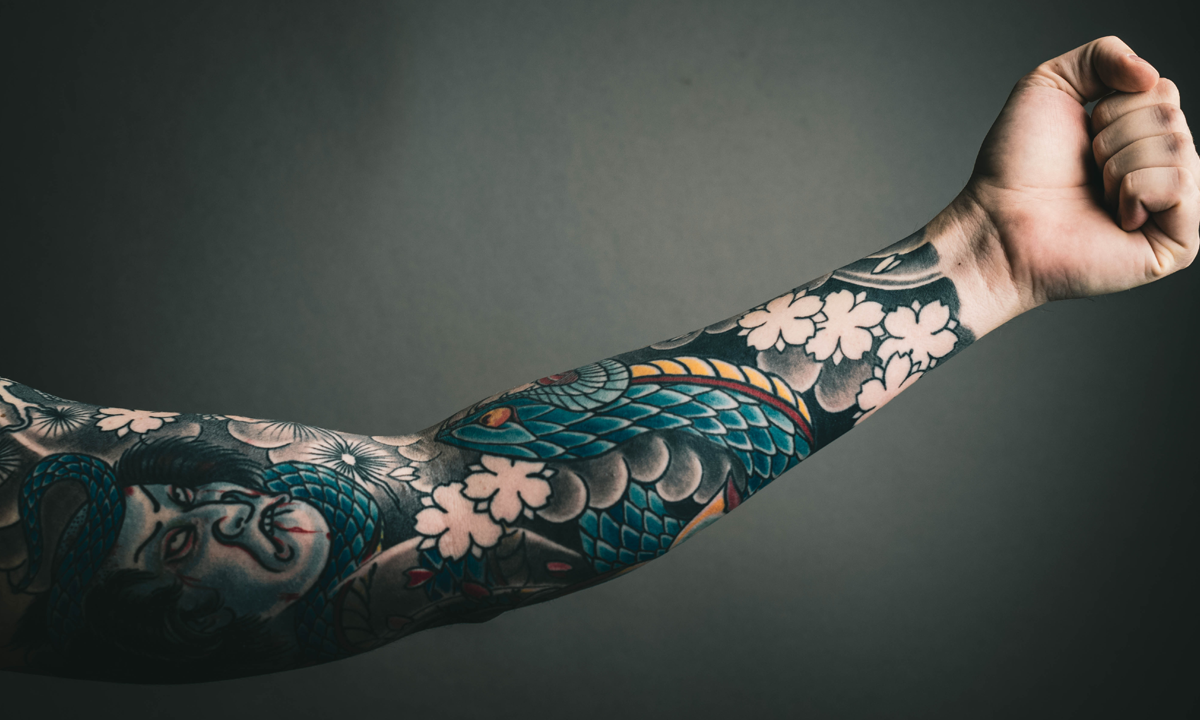
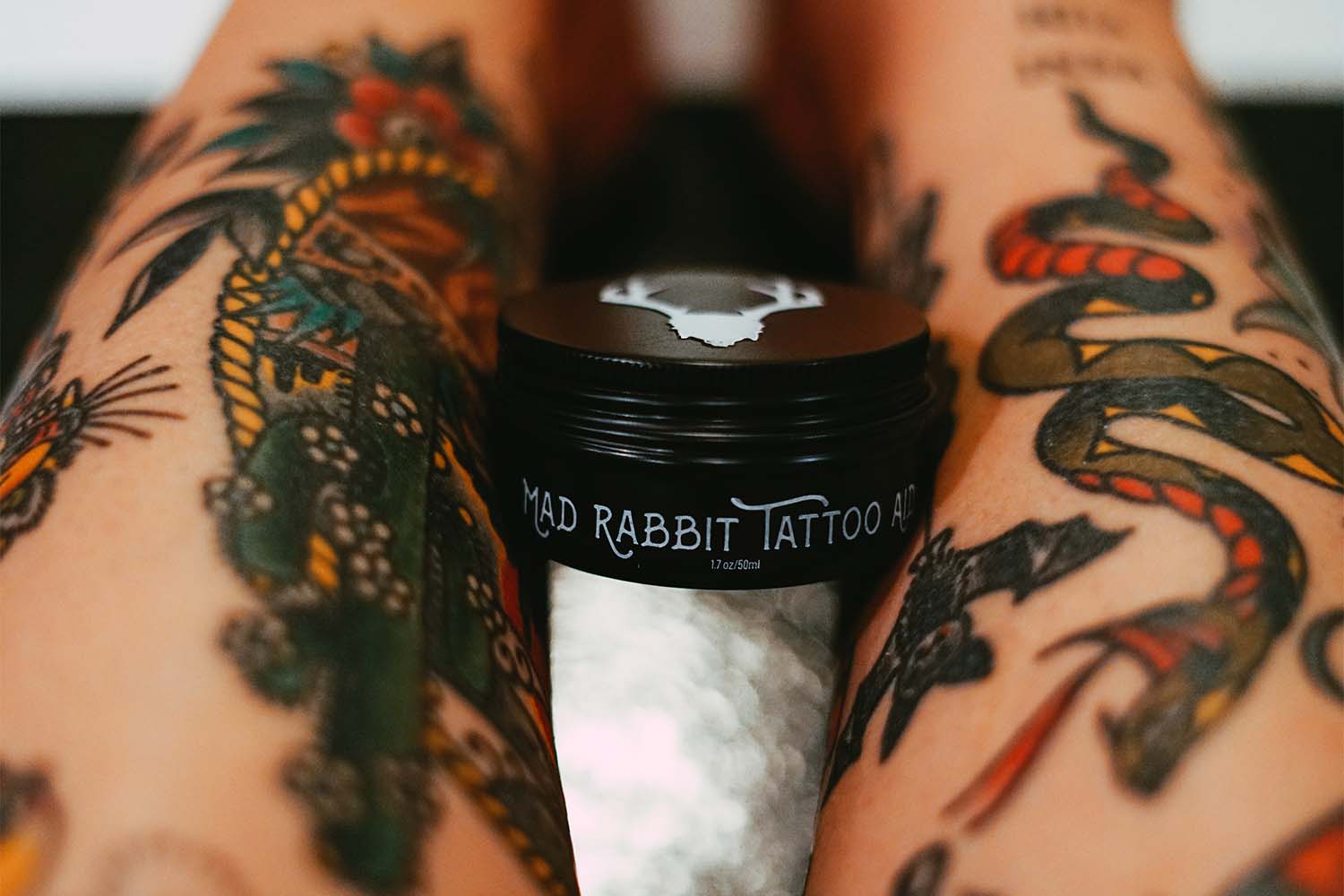
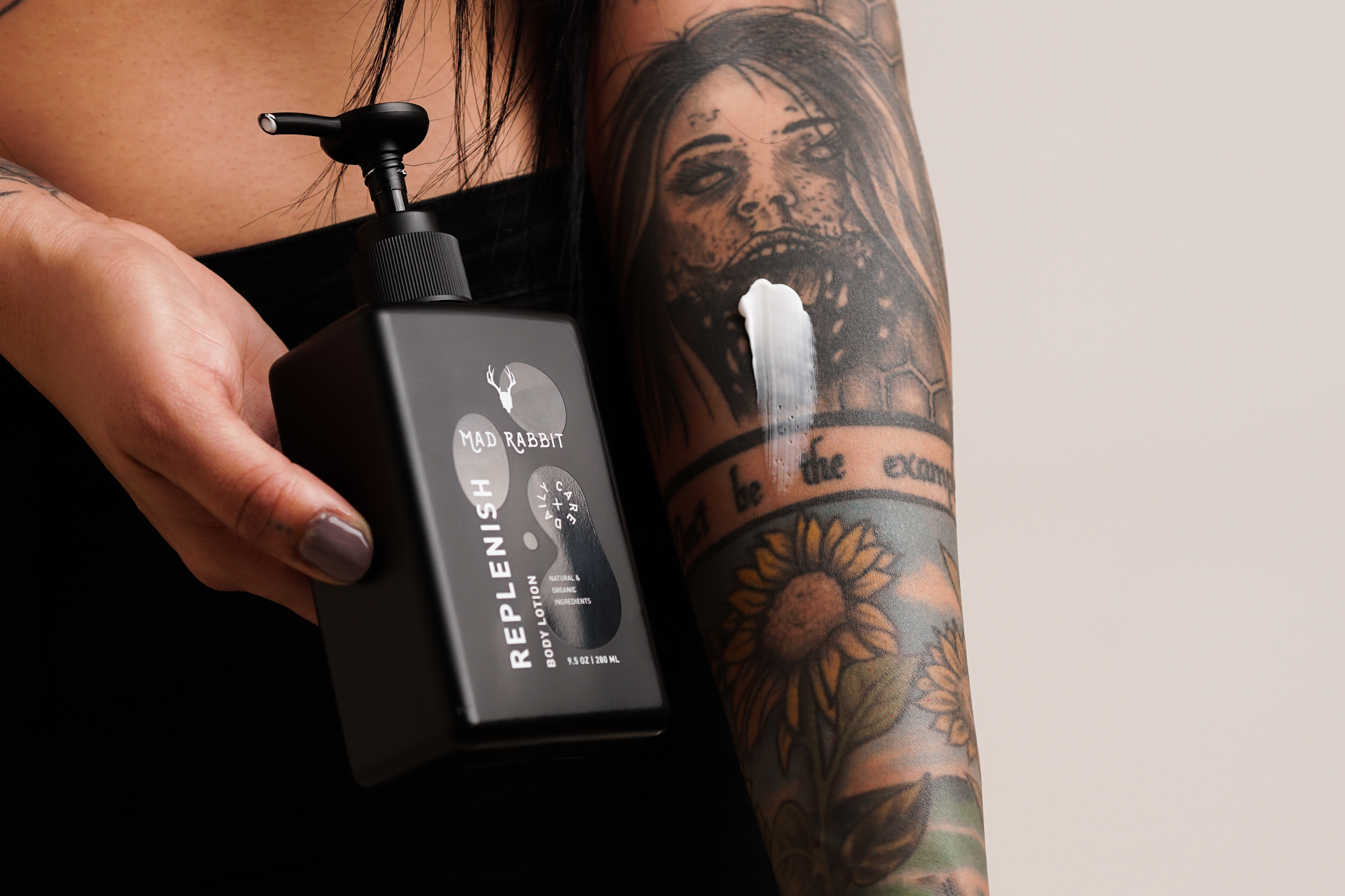
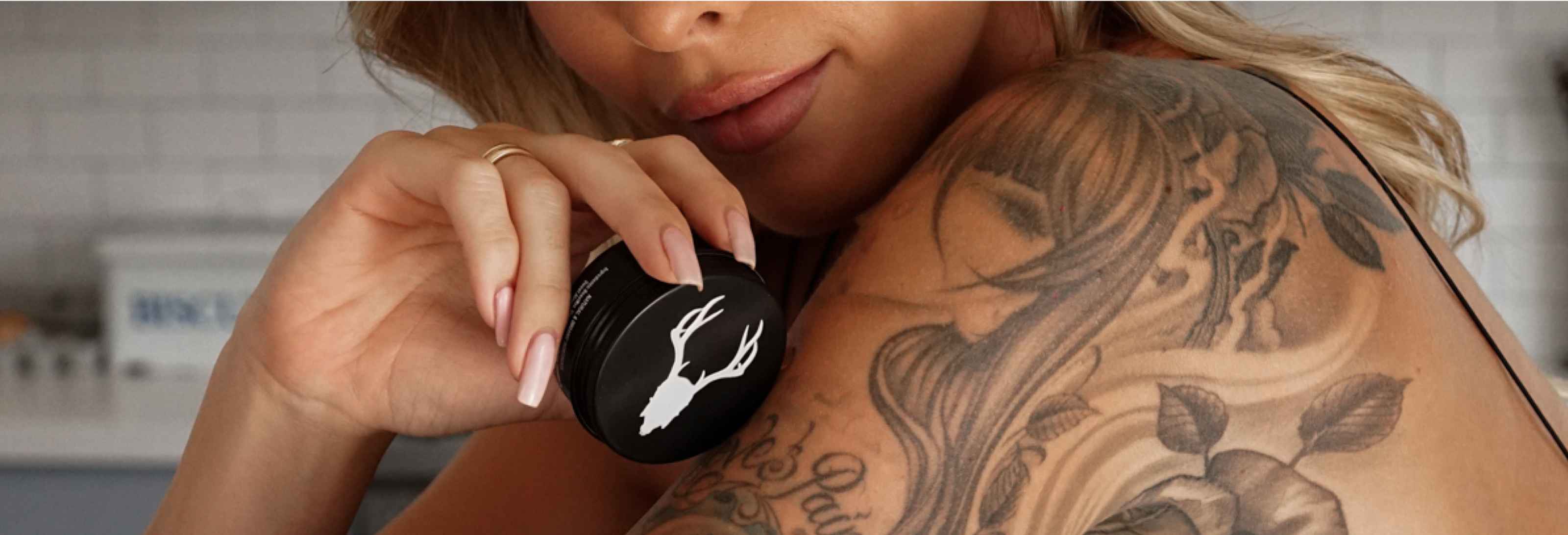
Join the discussion